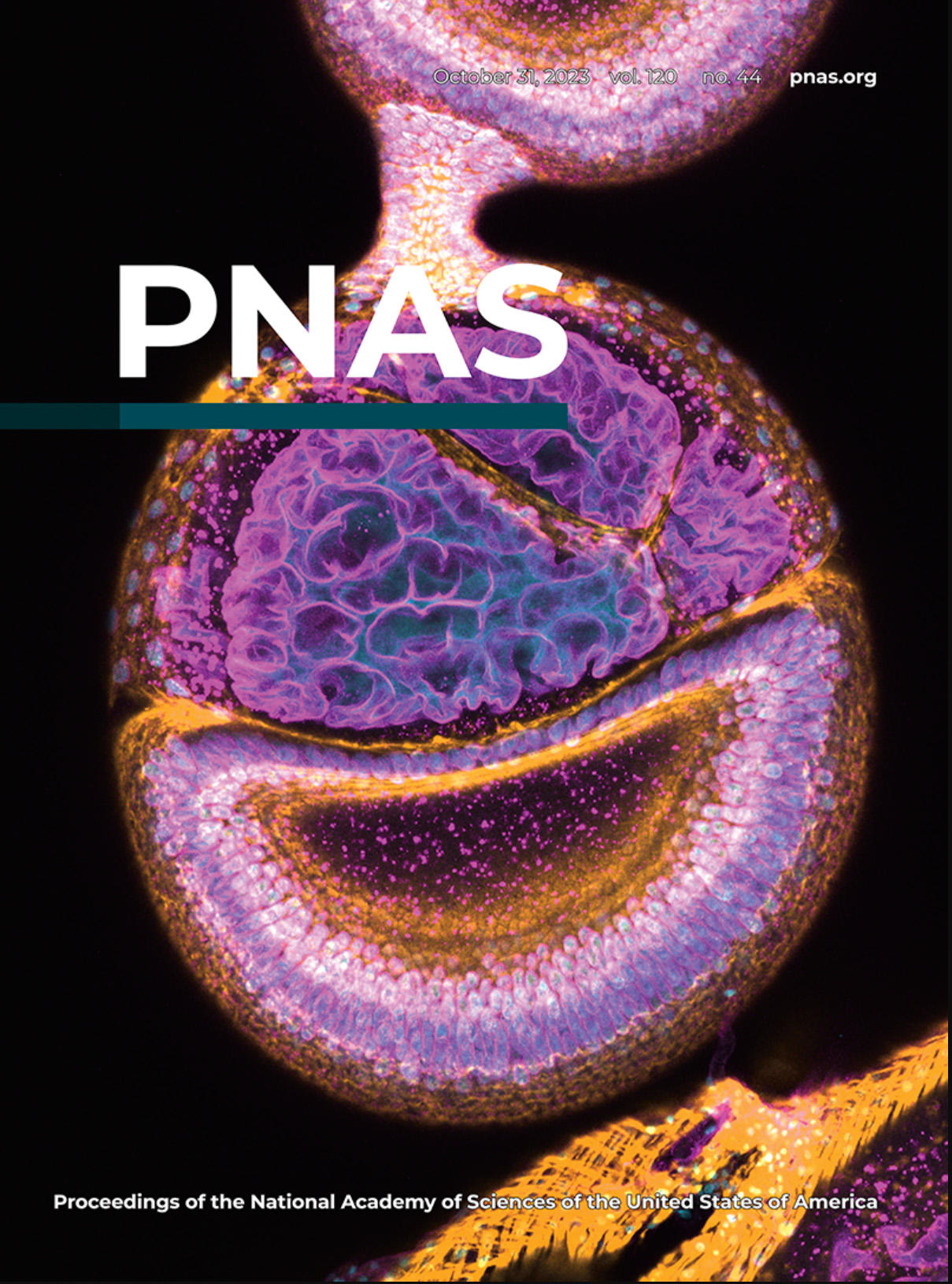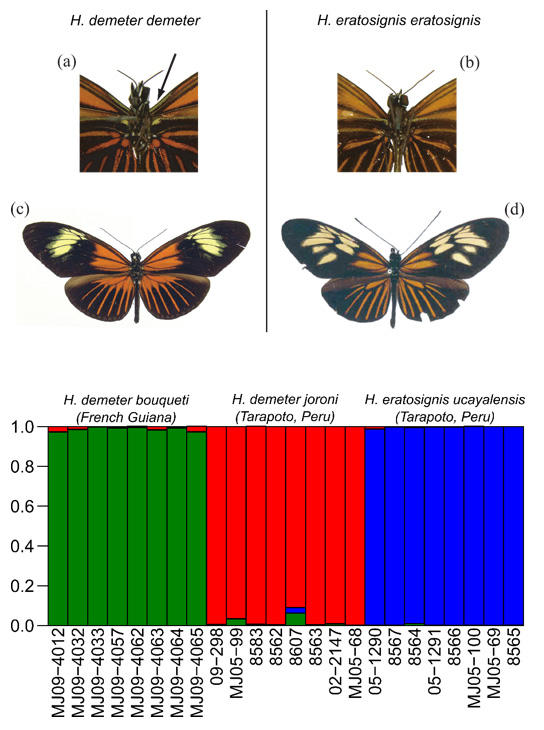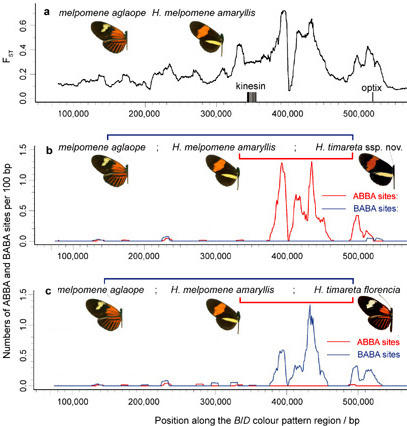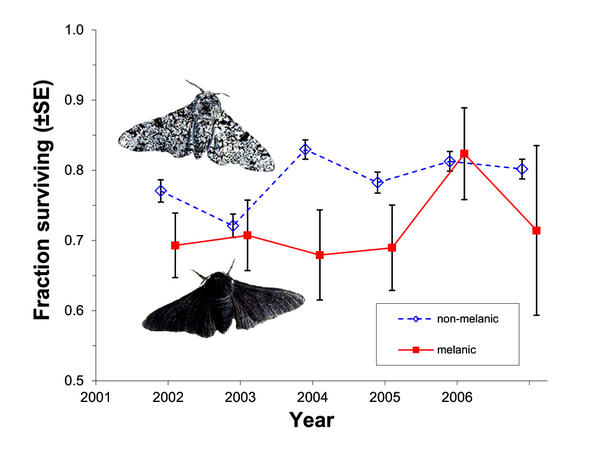Citation:
| REPRINT | 164 KB |
Date Published:
Aug 23Abstract:
Colour variation in the peppered moth Biston betularia was long accepted to be under strong natural selection. Melanics were believed to be fitter than pale morphs because of lower predation at daytime resting sites on dark, sooty bark. Melanics became common during the industrial revolution, but since 1970 there has been a rapid reversal, assumed to have been caused by predators selecting against melanics resting on today's less sooty bark. Recently, these classical explanations of melanism were attacked, and there has been general scepticism about birds as selective agents. Experiments and observations were accordingly carried out by Michael Majerus to address perceived weaknesses of earlier work. Unfortunately, he did not live to publish the results, which are analysed and presented here by the authors. Majerus released 4864 moths in his six-year experiment, the largest ever attempted for any similar study. There was strong differential bird predation against melanic peppered moths. Daily selection against melanics (s approximately 0.1) was sufficient in magnitude and direction to explain the recent rapid decline of melanism in post-industrial Britain. These data provide the most direct evidence yet to implicate camouflage and bird predation as the overriding explanation for the rise and fall of melanism in moths.
Notes:
(Open Access) doi: 10.1098/rsbl.2011.1136





 Selection against melanism in UK after the Clean Air Act.
Selection against melanism in UK after the Clean Air Act.